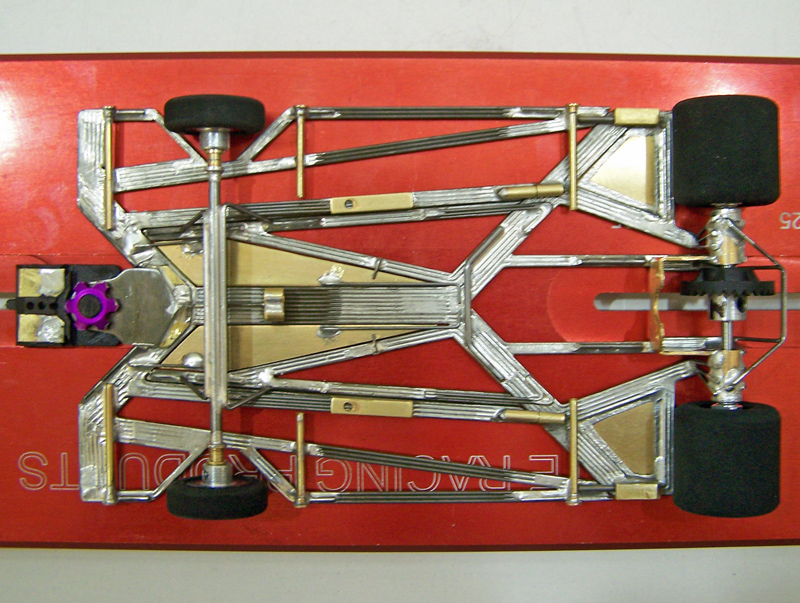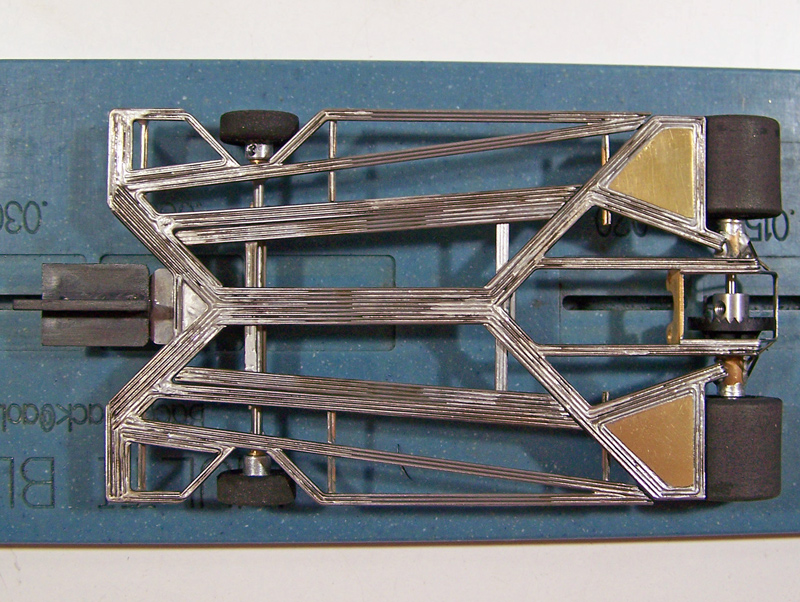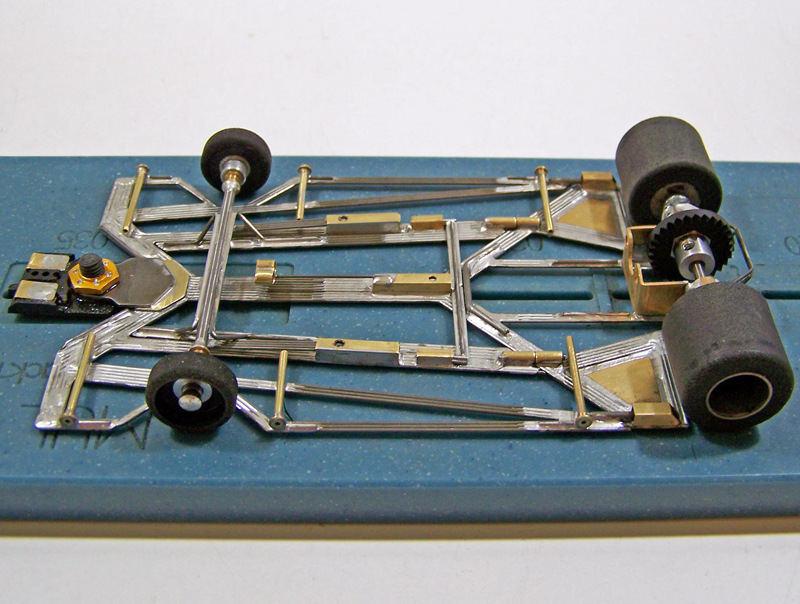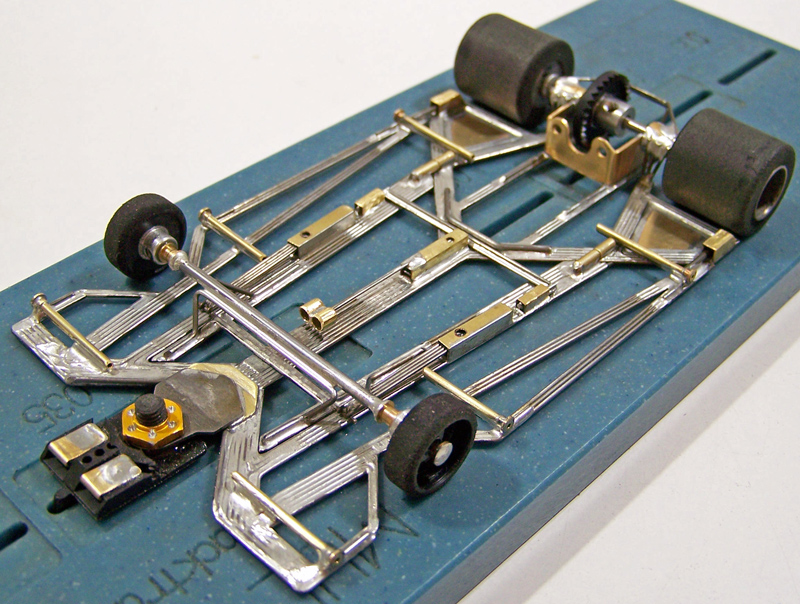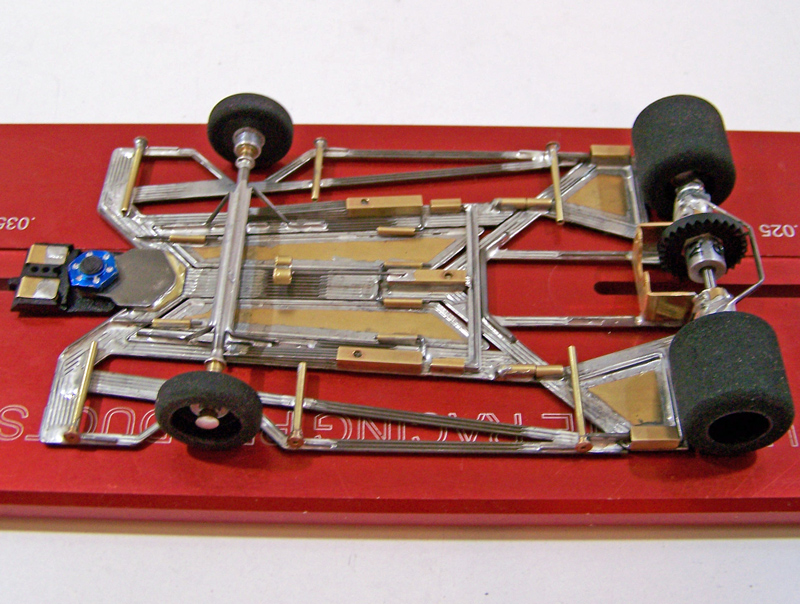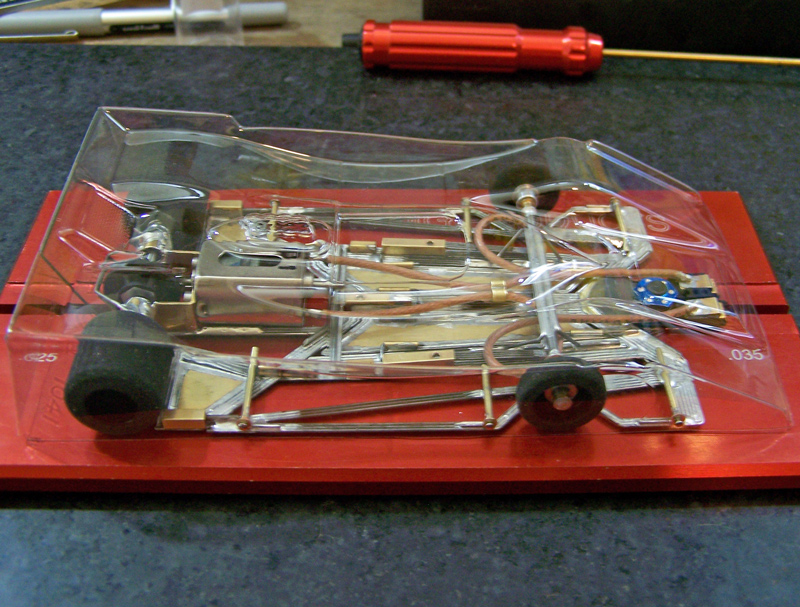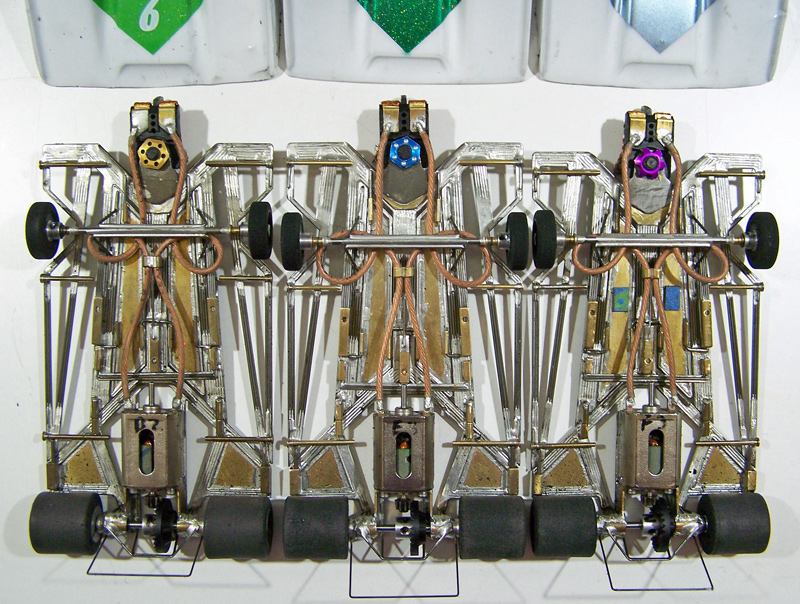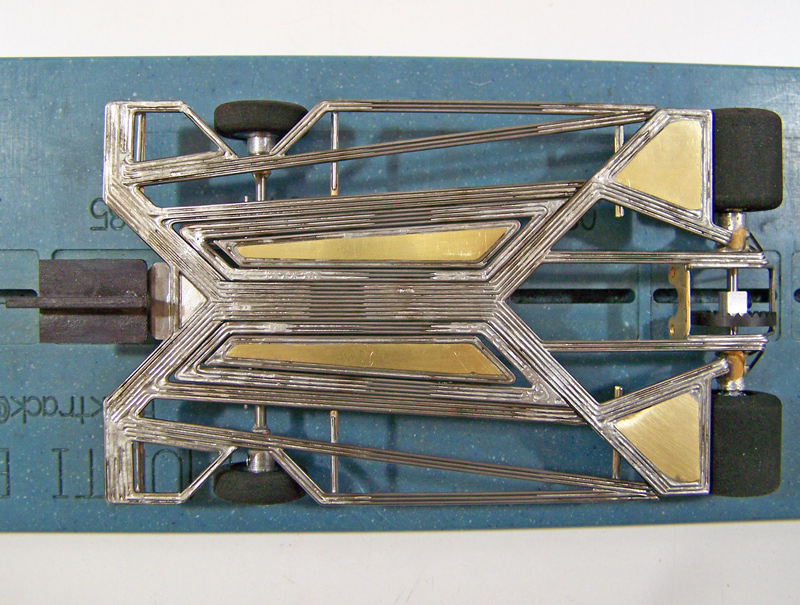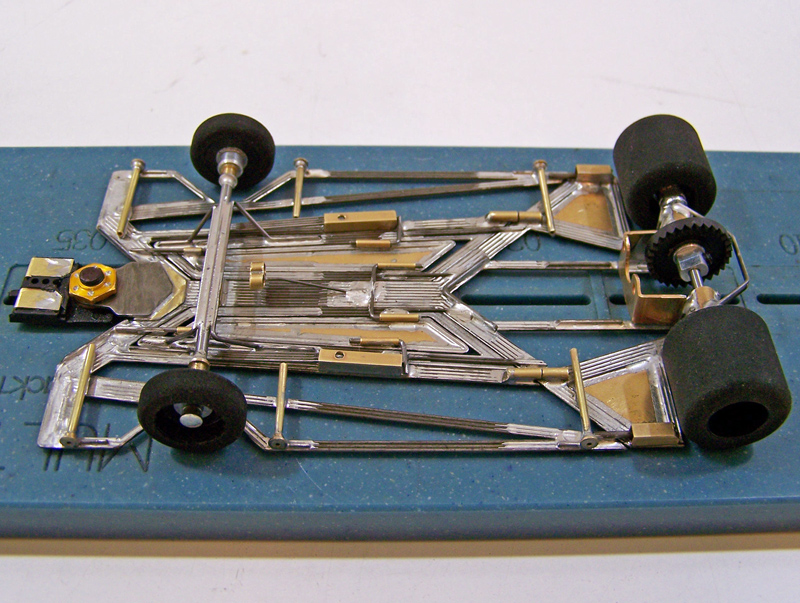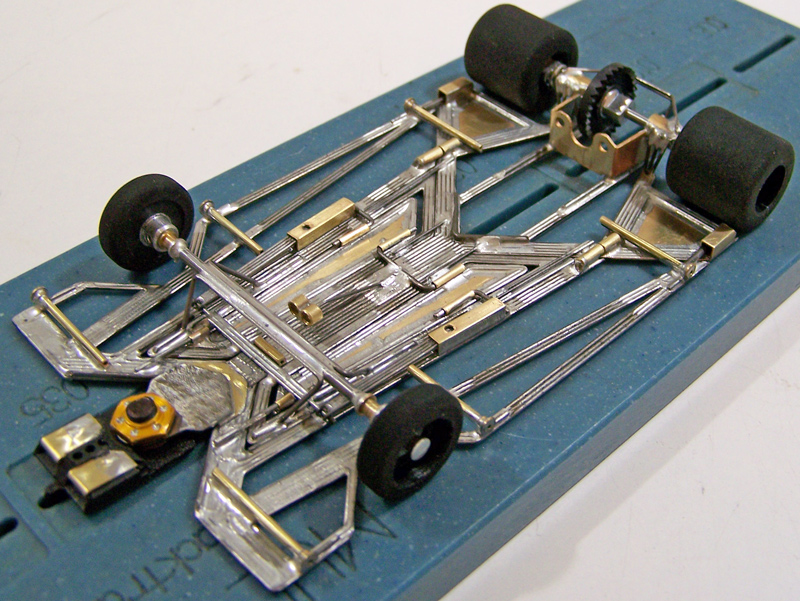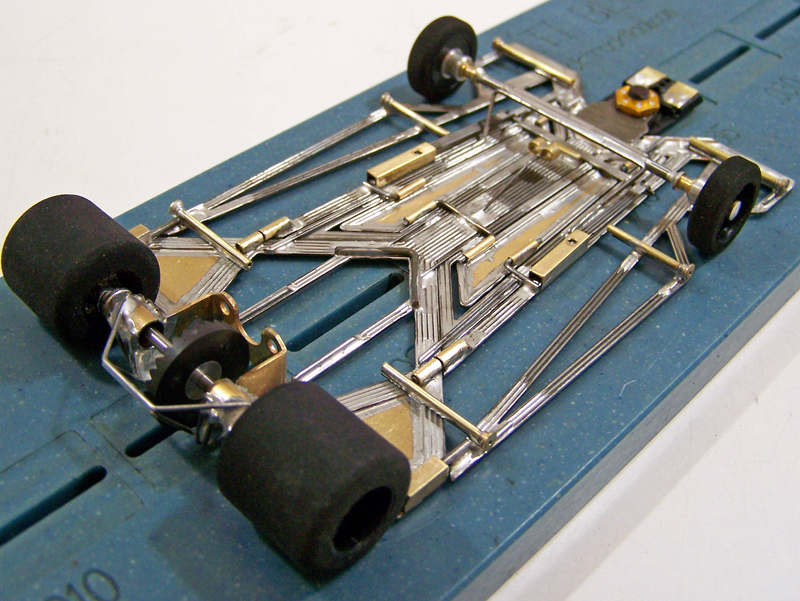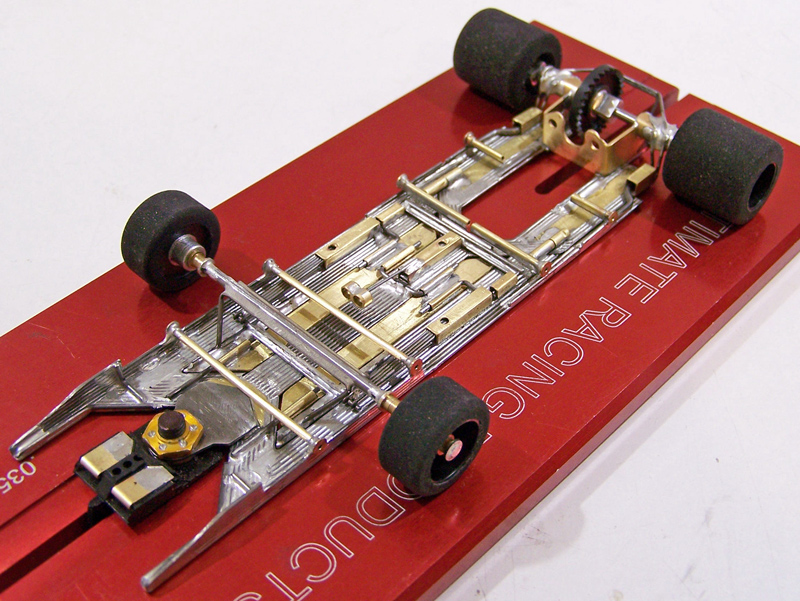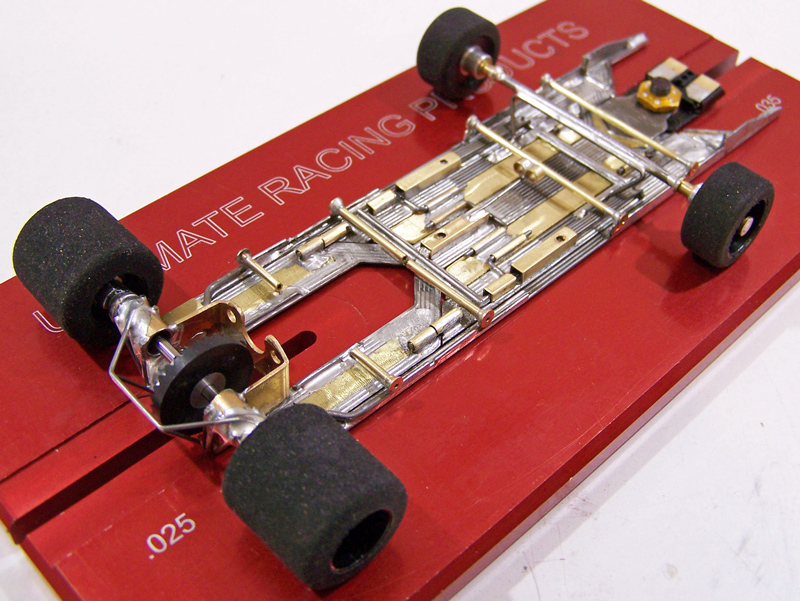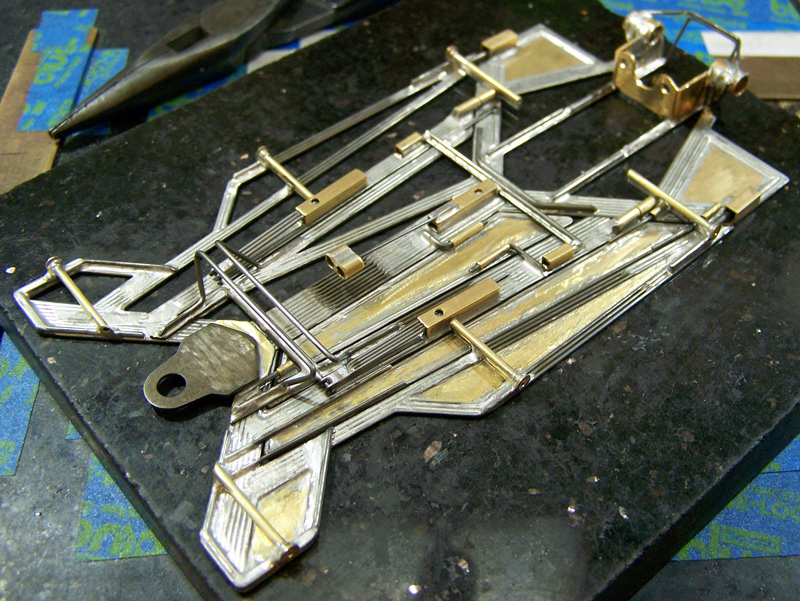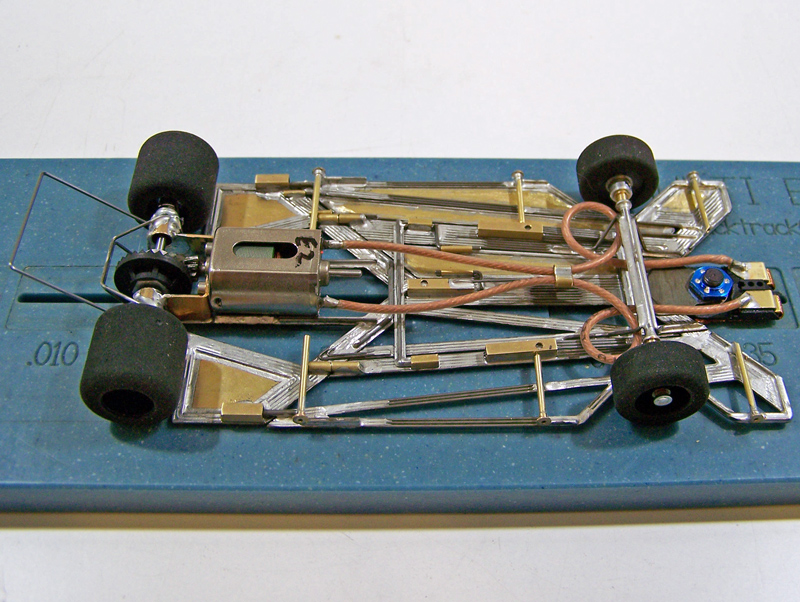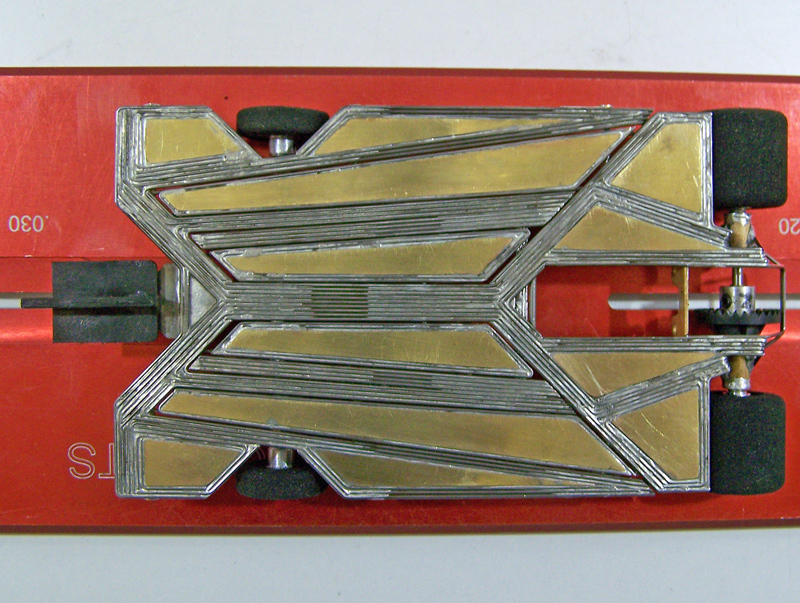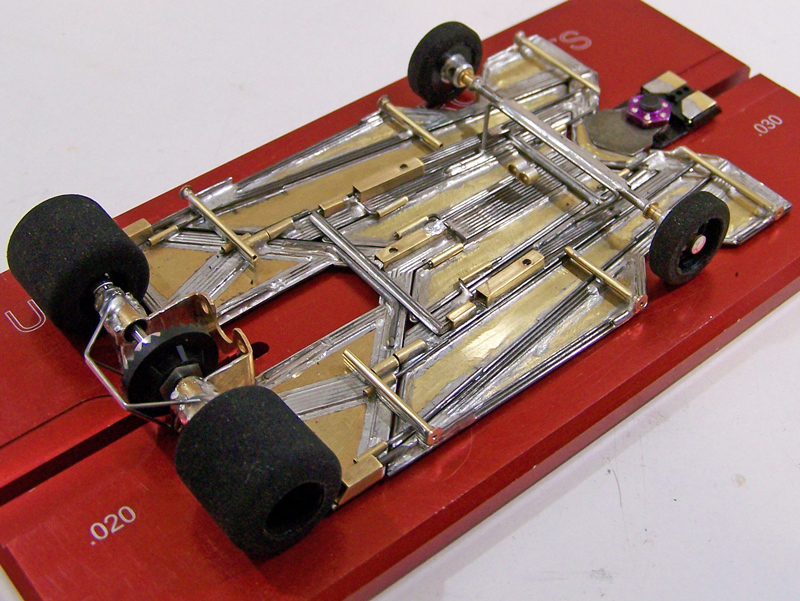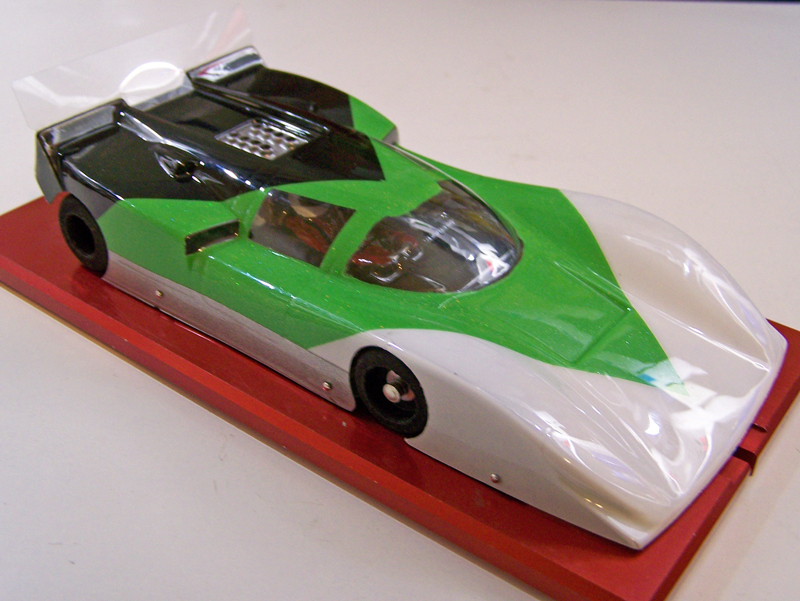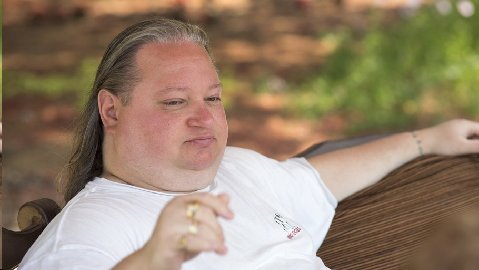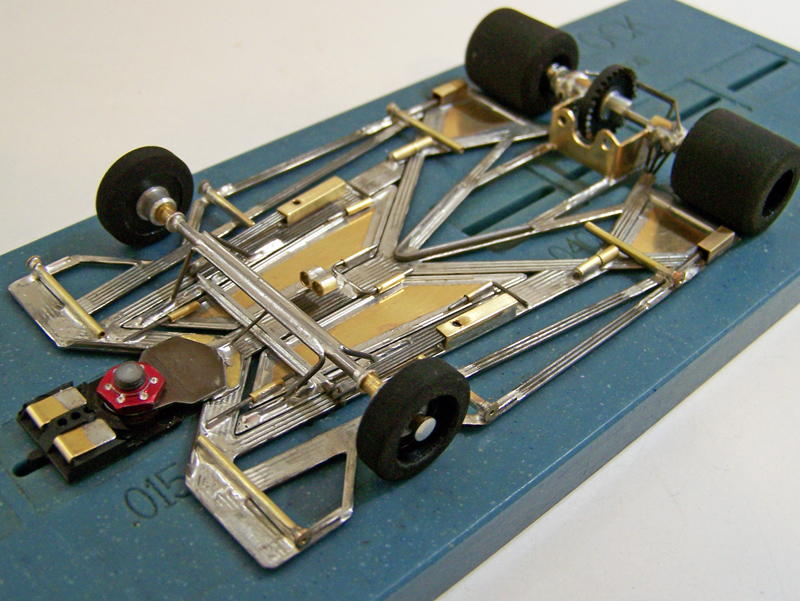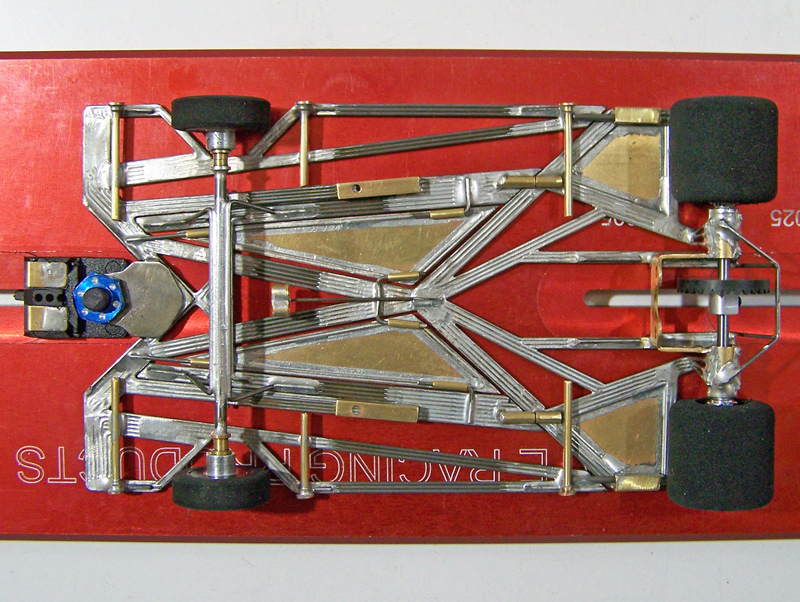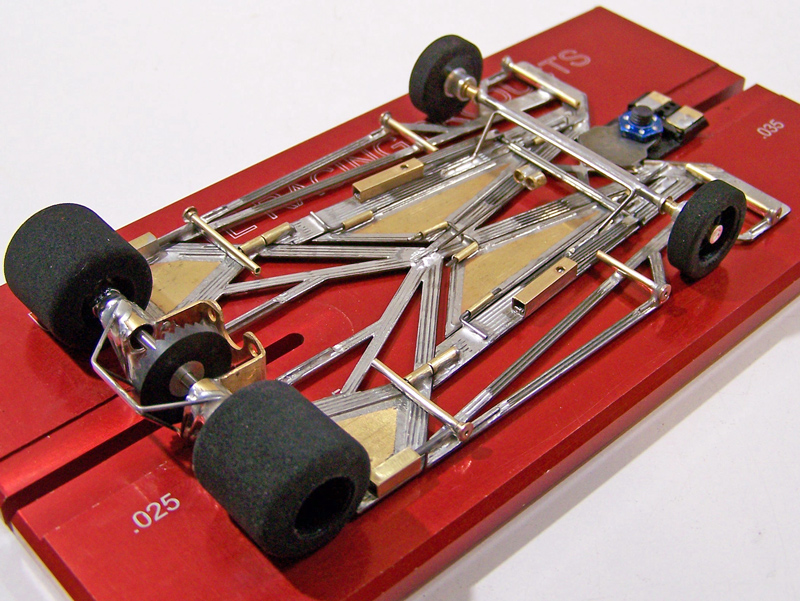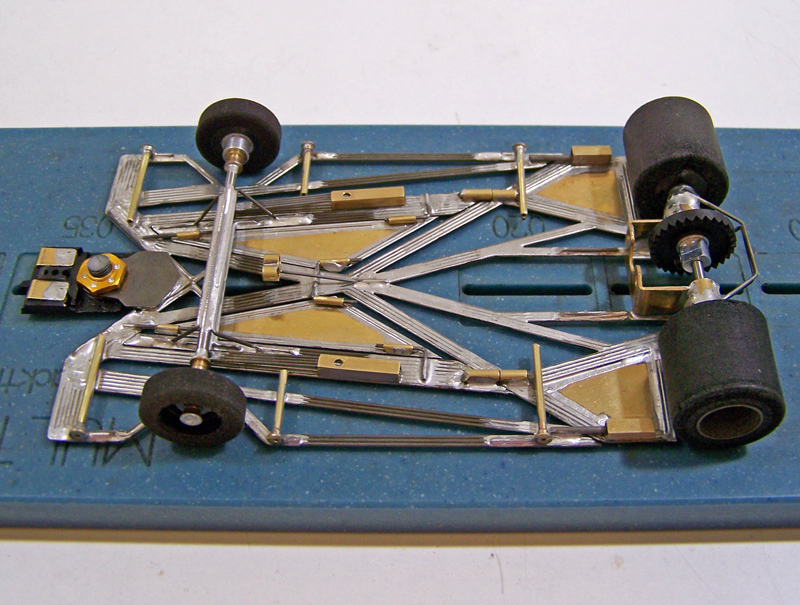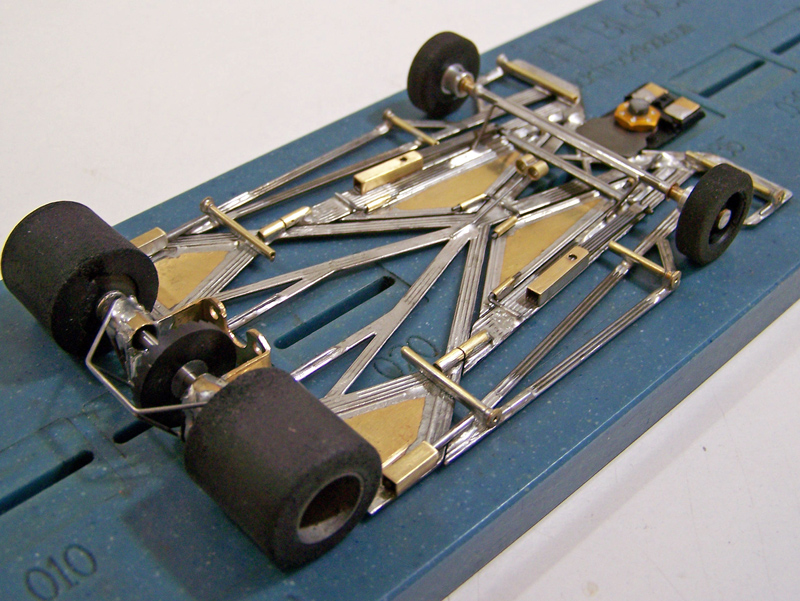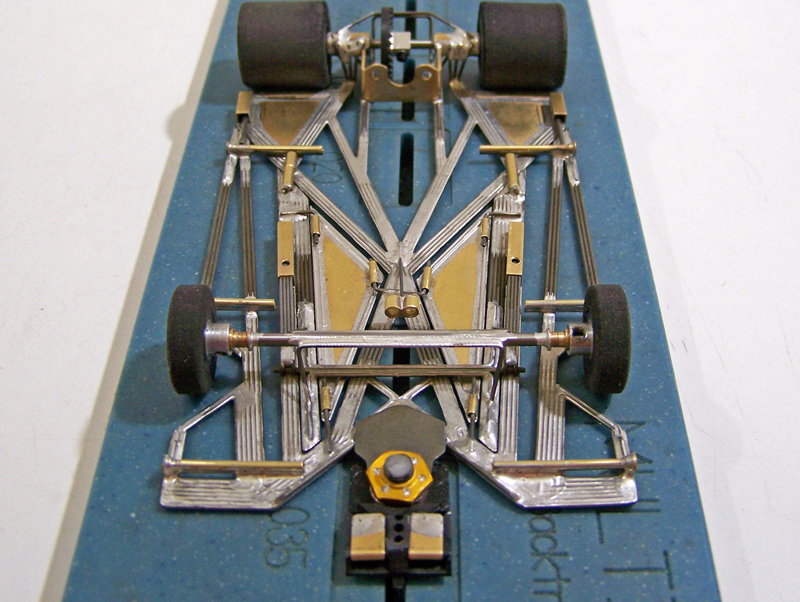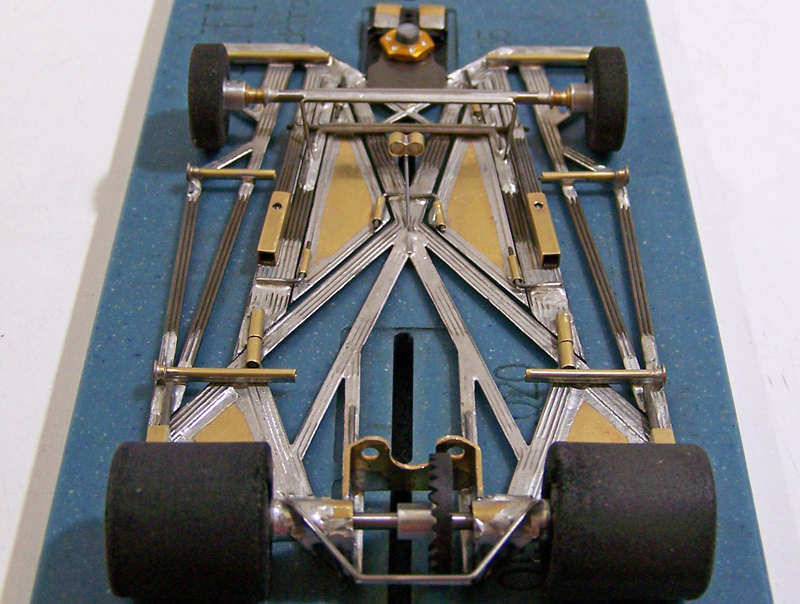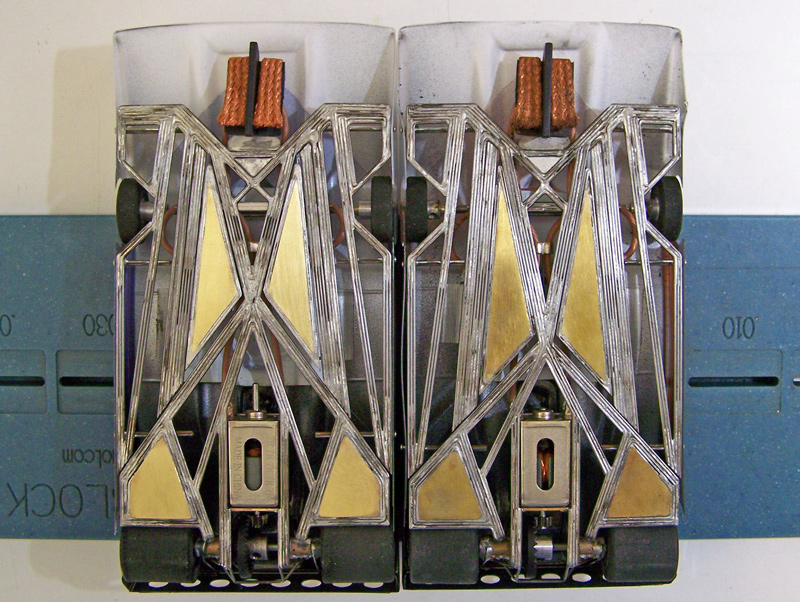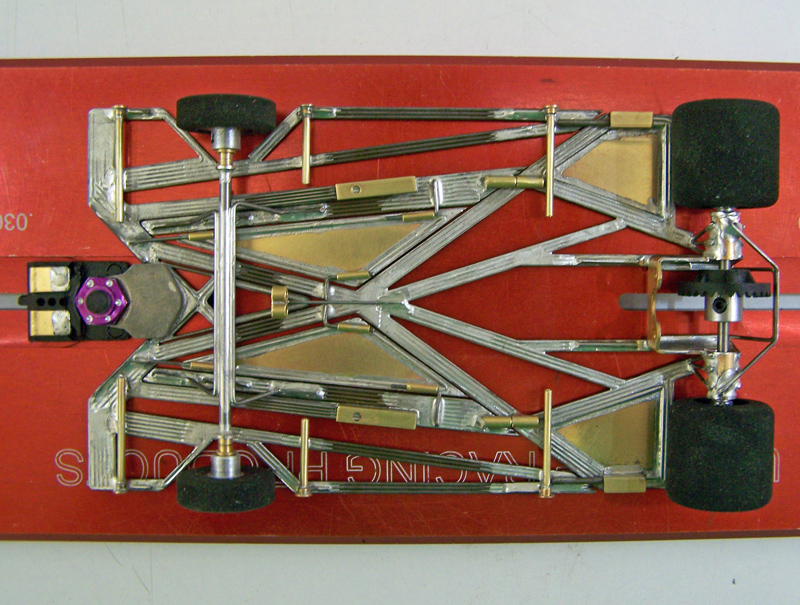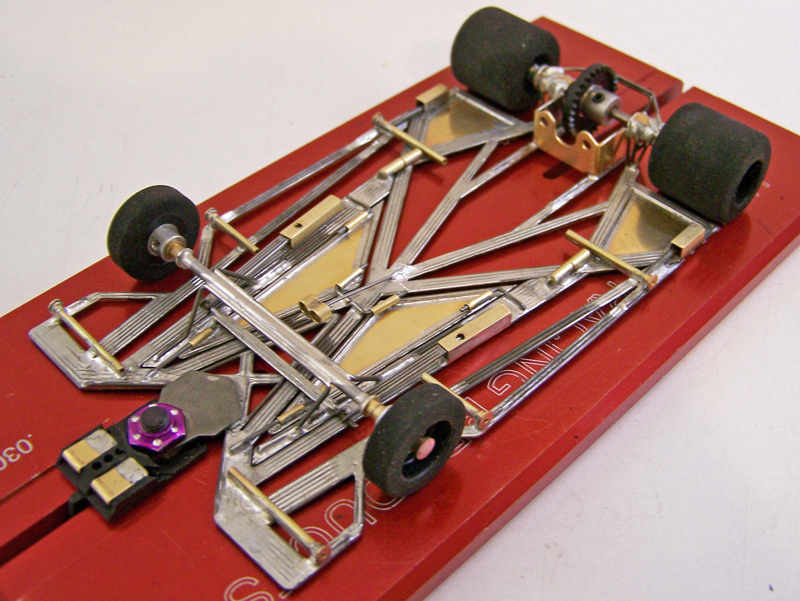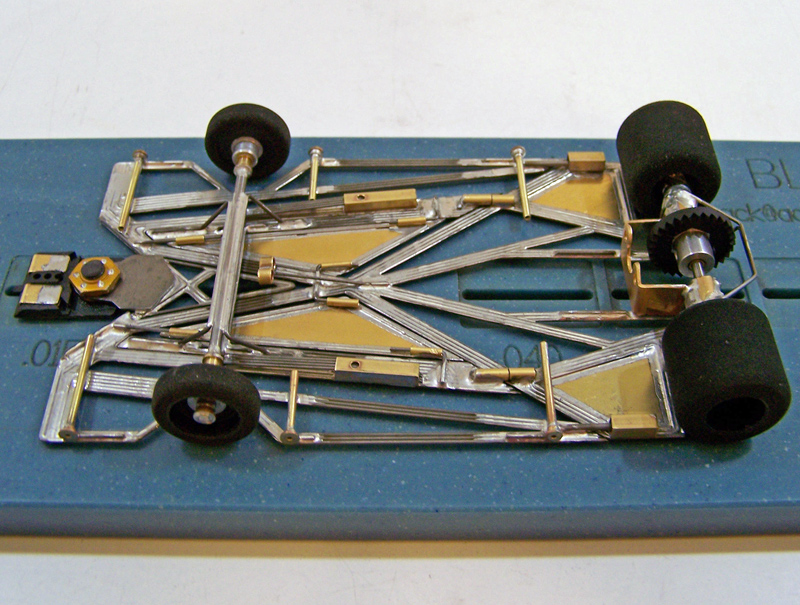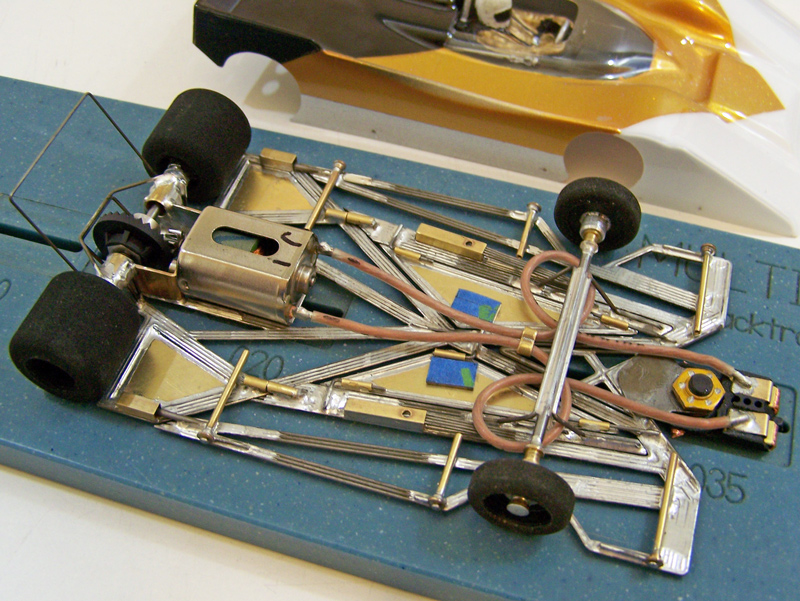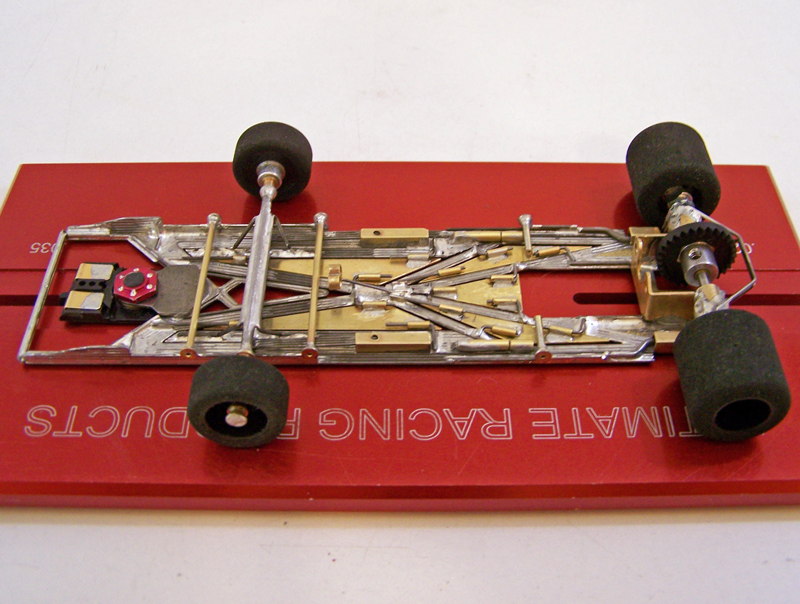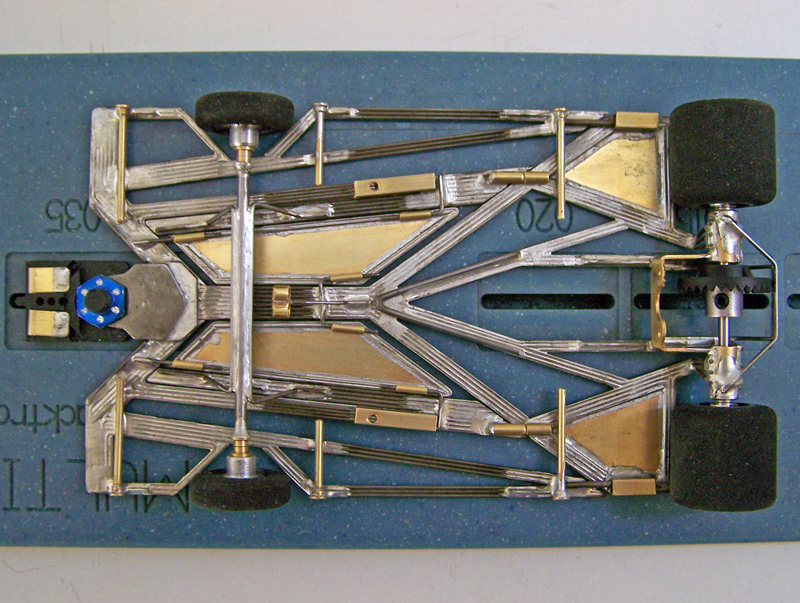Racing Update:
For all you competition freaks, the latest fix...
Pre-Race:
(Honestly, I’d love to be able to get to other races at other raceways, not just in GRRR but other regions, to try these 1237-series cars out “under fire”, and for the fun of it, but at this point, especially after the beating my personal finances took for the better part of a dozen years or so back-when, I’m just not willing to give up my weekend work schedule at the hospital, where I also get the weekend and graveyard shift differentials; besides that, the occasional weekday shift openings that do come along are more important to some of my coworkers who are younger and need a little more normalcy, raising families… Anyway…)
A little R&R was needed from work, and what better way than to take the weekend off so I could participate in the GRRR races at Fast Eddie’s Raceway on Sunday September 24.
Let me preface this post, talking about motors. I have found that bench testing of the HR motors is all well and good, but at this point I am largely convinced you don’t know squat until you start trying them in different cars. Sure, bench testing helps to get them in some sort of order to start track testing, but after that it really doesn’t mean much… Some of my fastest “track” motors are ones that were in the mediocre “bench” motors, and vice versa… And just because one motor works “great” in one chassis/car does not necessarily mean it will be equally “great” in another chassis/car… While it is nice to know there are more options available than initially thought, it is a lot more work in the long run… I don’t know, maybe it’s just me… Your results may vary…
Anyway, this is what I got pre-race testing:
For the Stock Car class, to be run on the Oval, I had been testing my two left-turn-only retro stocker chassis, the 1237-D2o and 1241-D3o. The 1237-D2o had won its maiden race in this class, the previous GRRR stock car race at Fast Eddie’s back in January, and with subsequent set-ups was running faster and better; the 1241-D3o was easily as fast, and with a few set-ups a little faster. I was leaning toward the 1241-D3o right up until Saturday evening, after the FSCS races, when I ran some practice laps with both cars again, and changed my mind when I made the gut-call that I could turn more race laps with the 1237-D2o…
For the CanAm class race car I had been concentrating on testing six cars, the 1237-Cc3, 1237-Cb3, 1245-Cc2, 1241-Cc3, 1241-Cb3, and 1250-Cc3. The benchmark had been set by the 1241-Cc3 at the last GRRR CanAm race in June at Fast Eddie’s, setting new qualifying (4.538) and total race laps (291) records for the class on the Hillclimb (including the GRRR races when the track was in Jacksonville); it was my first car in the 4.5’s, so the idea was to get other cars with set-ups in that range. In test trim (virtually always slower than race trim) I was able to get the 1237-Cc3, and 1237-Cb3 into the 4.63 - 4.60 range, which was pretty good (would have been “great” back in January, but after June…); the 1245-Cc2 and 1241-Cb3 got in the 4.59 - 4.56 range; and the 1241-Cc3 and 1250-Cc3 could run 4.54 - 4.50, which also confirmed the qualifying run in June wasn’t some fluke “hare lap”. It really came down to the 1241-Cc3 and 1250-Cc3; both are easy to drive, and drive fast, and both are capable of running the gutters in the low 4.6’s. The Wednesday before the race I got them into semi-race trim, and it was still a close call between the two, whether on Orange, Red, or Black; but the 1241-Cc3 was just a hundredth or two faster on all, and a little more consistent. Finally the 1241-Cc3 ran a 4.492 on Orange (my first 4.4-anything), so it got the nod as my CanAm class race car again, while keeping the 1250-Cc3 ready as my back-up car.
For the “IMSA” race on the Hillclimb (a combo-class race running CanAm Plus and GT Coupe at the same time), since I’d run the weighted-up 1237-Cc2 in GTC back in January (2nd place), I wanted to run one of the two CA+ cars I’d built since then for this race. If I had not built the 1241-Cc3+ for this class I would have had no problem running the 1237-Cb3+ for this race, but it may never get that chance now; I found a set-up (again, with a “mediocre test motor”…) on the 1241-Cc3+ that was running consistent low 4.5’s with ease, and after it ran a set of 4.50X’s I took it off the track (instead of pushing it to see if I could squeak out a 4.4-something), made my notes, and put it back in the box for this race.
(Here’s a FYI side-bar for all us slot car geeks who like to stash away little tidbits of info in our little noggins: For the GRRR races in August and September of 2016 I used my Difalco Genesis HD30 controller, and this year in January and June I used my S&K controller; for these races I would be using my ProModel PMCR ICE Compressor 2 controller (or as I like to call it, my “curiosity killed the tax return controller”). I’d spent about a month after the June race trying to “come to grips” with the ProModel, and doing comparison testing with the S&K; after that I was using the ProModel exclusively…)
Being only two weeks post-hurricane Irma, we were wondering how turn-out would be for the GRRR races. H-Irma had also postponed the last FSCS races, also to be held at Fast Eddie’s, and were rescheduled for Saturday, the day before the GRRR races on Sunday…
Oh yeah, I was holding the drawing for the CMF3 1237-Cc3 United Mitochondrial Disease Foundation (UMDF) Fundraiser Slot Car too.
Race Day:
The UMDF 1237-Cc3 drawing was held before the races started. Congratulations to the winner, Bryan Warmack!
Turnout, as was thought it might be, was a good bit lower than previous GRRR events at Fast Eddie’s…
As for the races:
First was Stock Cars on the Oval; six entries, no qualifying. Jeff Bonanno and I were literally running side-by-side and trading the lead all the way into the sixth heat! In the end I got a lead over Jeff, and the 1237-D2o finished 1st, setting a new lap record (2 min heats) of 254 laps. (In fact, the first five cars all beat the previous lap total record, set by the same 1237-D2o at the last race of 242, and all five also ran higher lap averages than the prior 3-minute heat race in 2016!)
Next up was CanAm on the Hillclimb; nine entries. The 1241-Cc3 qualified first, running the only sub-4.60 lap at 4.568 despite the driver doing a pretty lousy job. Another good race, this time fighting for the lead with Roger Whobrey, who drove a great race finishing second with a lap total of 291 (tying the record I set at the last race), but again I was able to get the 1241-Cc3 to pull ahead, winning the race with a new CanAm class total lap record for the track of 295.
The final race of the day, on the Hillclimb, was the “IMSA” race for GT Coupe and CanAm-Plus; six entries (four GTC and 2 CA+), no qualifying. The 1241-Cc3+ was able to show exactly what a good CA+ car should do racing against the much heavier GTC’s, finishing first in class and overall, while setting an outright retro lap total record for the Hillclimb of 298 laps, ten laps ahead of the second place overall / first place GTC of Roger Whobrey (another good drive, his 288 tying the lap record for GTC).
So, for these three chassis:
1237-D2o - 2 races; 2 wins (2 lap total records)
1241-Cc3 - 2 races; 2 top qualifiers (class qualifying record), 2 wins (2 lap total records)
1241-Cc3+ - 1 race; 1 win (1 lap total record)
Not bad…
Retro-spective:
All-in-all a fun day. Never enough thanks: to Grant Goerner for all his effort and time keeping the GRRR series humming along: to Ed Hoffman (and Elaine) for giving me and the other FL Left-Coast slot car geeks a great place to play with our cars; and to the volunteer turn-marshals! And it’s always great to see all the other slot car geek “kids” at the races (even the “grumpy ones”, LOL).
As for how “good” these weird wire contraptions of mine are compared to other scratchbuilds… well… I’ll let y’all be the judge of that… My subjective view is I’m happy with ‘em, and having ton o’ fun at that.
Happy and fun is what it’s all about…
Later, kids!
Rick / CMF3








